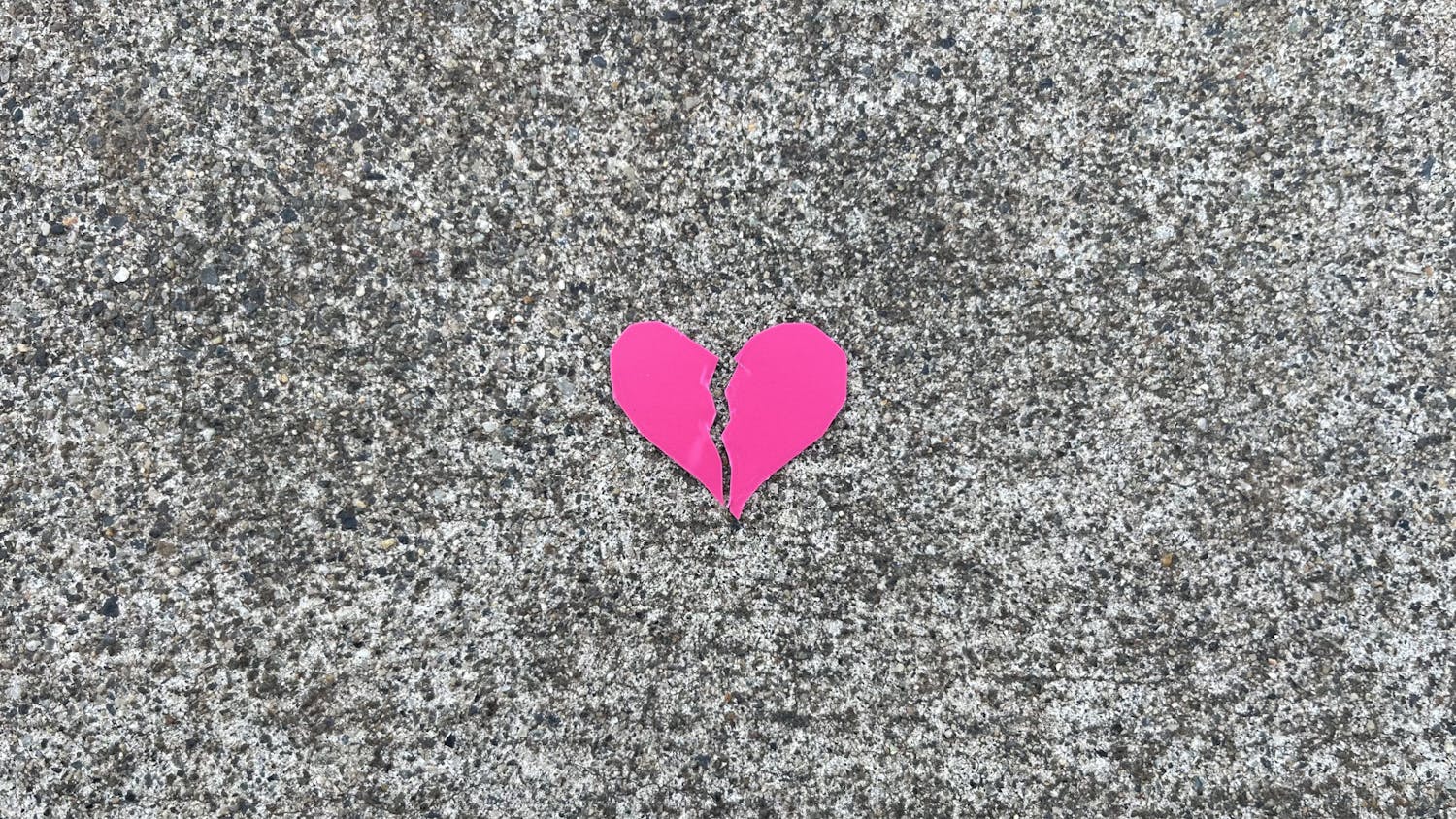Column by Emma Bjornsrud
There’s a reason I have to take a social media hiatus periodically.
We spend a huge portion of each day scrolling through our feed, whether it’s in our best interest or not. Half of the time, it’s just a mindless behavior.
The relationship between mental health and social media is often a negative one.
“It gets very addictive, it’s very time consuming, and all of a sudden instead of thinking about your goals and what you want to do, you’re thinking about what everyone else is doing and what you’re not doing,” Juliette Palmero, a senior at the University of Pennsylvania, said over the phone.
Social media is a narrative framework that allows individuals to tell their own stories and present the information they want other people to see. They can construct their identity and decide how honest they want to be with the world.
This creative freedom can certainly be therapeutic, but it can also lead to deceptive relationships with others.
“The response cycle of social media and the expectation in the internal sense that you need to respond to keep social connection, to keep relationships intact, is huge,” Riki Thompson, associate professor at the University of Washington Tacoma, said over the phone. “There is no question to me that many students are struggling with the increased stress of social media.”
College students already face heavy academic workloads and numerous other situational stressors. Social media is one additional factor affecting students’ mental states.
Peter Dyer, a second-year student at Western, said they see a connection between their mental health and social media use.
“I post a lot more on Instagram when I’m not feeling very good,” Dyer said. “I think you use Instagram to impress people, which is weird. I feel like I’m posting for other people; it’s not for myself. I think a lot of other people feel that way, too.”
Despite the negative, there’s no doubt that social media is playing a role in normalizing conversations about mental health.
Thompson said this normalization is becoming more common.
“The fact that the average college student has the vocabulary to talk about mental disorders about themselves, in ways that they didn’t 30 years ago, is a change,” Thompson said.
Online, there is an increasing number of websites and forums addressing mental health.
Palmero co-founded Yikes?, a blog offering advice about how to grow up in the 21st century. She said that memes on social media often make fun of mental illnesses, but that writing about mental health is cathartic.
“If you’re writing an article or reading an article about it, there’s vulnerability to it and honesty, and there’s none of that in a meme because it’s not about someone you know,” she said.
Both Palmero and Thompson emphasized the importance of proactively searching for resources; when you start to struggle, you need to get help. Begin by reaching out to instructors to make them aware of your situation.
Thompson said professors and faculty want to help their students and know which campus resources may be available.
“Academia is very transparently talking about [mental health],” they said. “They’re very difficult conversations, but I’d say we’re actually having them on campuses, which is why there are resources. It’s a more privileged space to have access to these discussions and resources.”
Your mental health is more important than any superficial social media platform may lead you to believe. Take care of yourself, and ask for what you need.
Psychological emergency counseling services are available 24 hours per day, 7 days a week, throughout the year to current WWU students by calling crisis services at 360-650-3164





